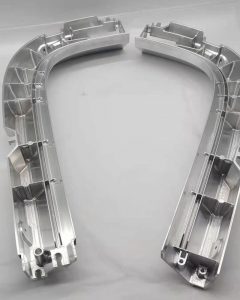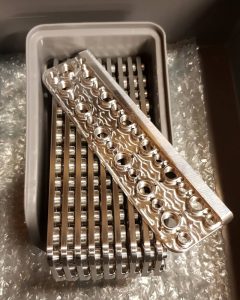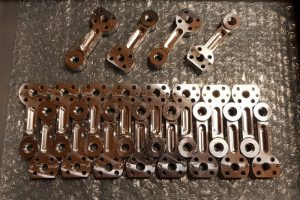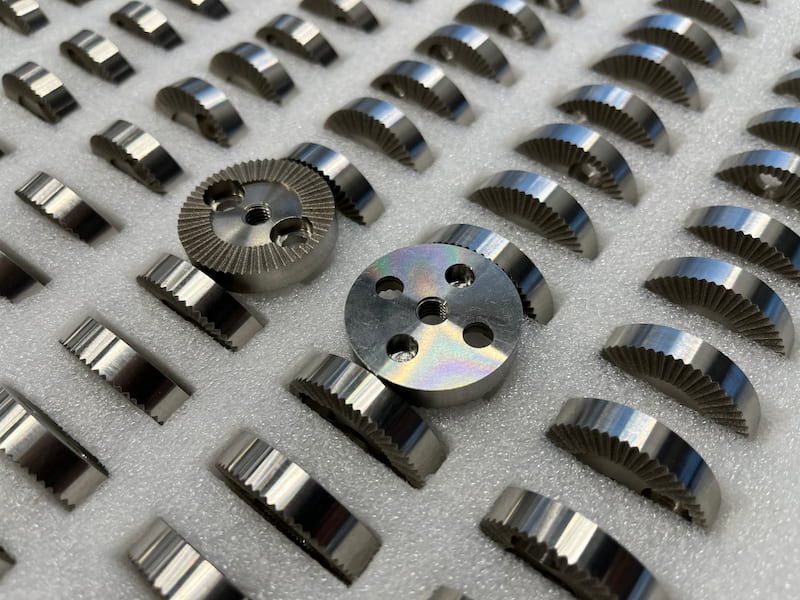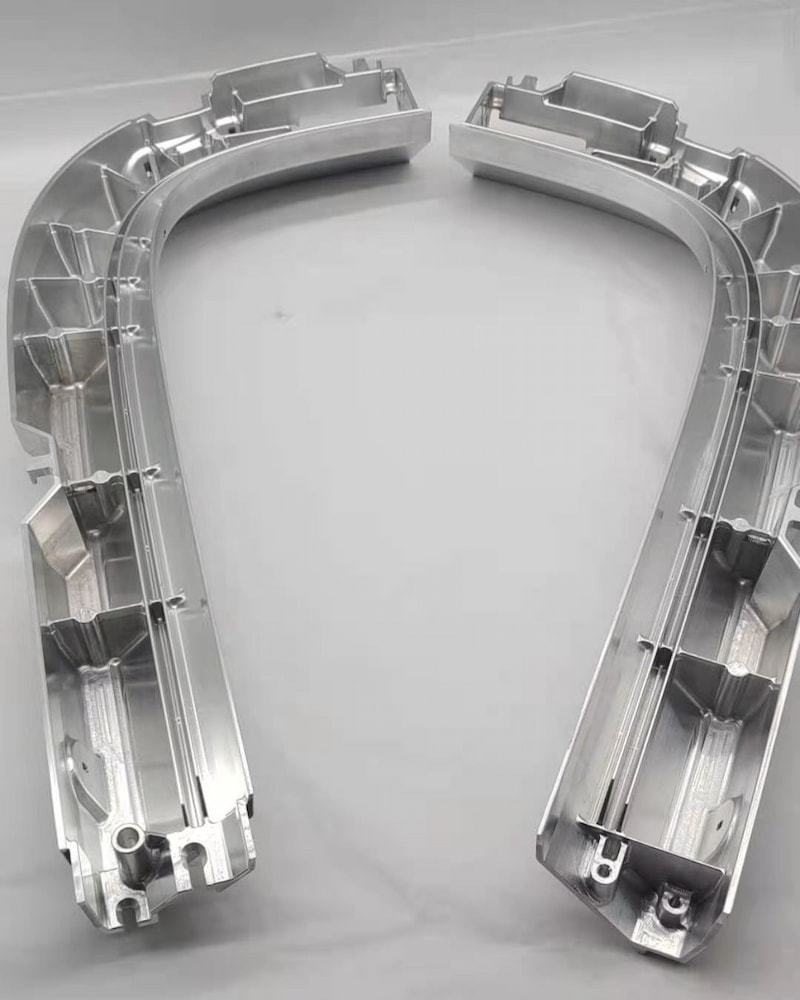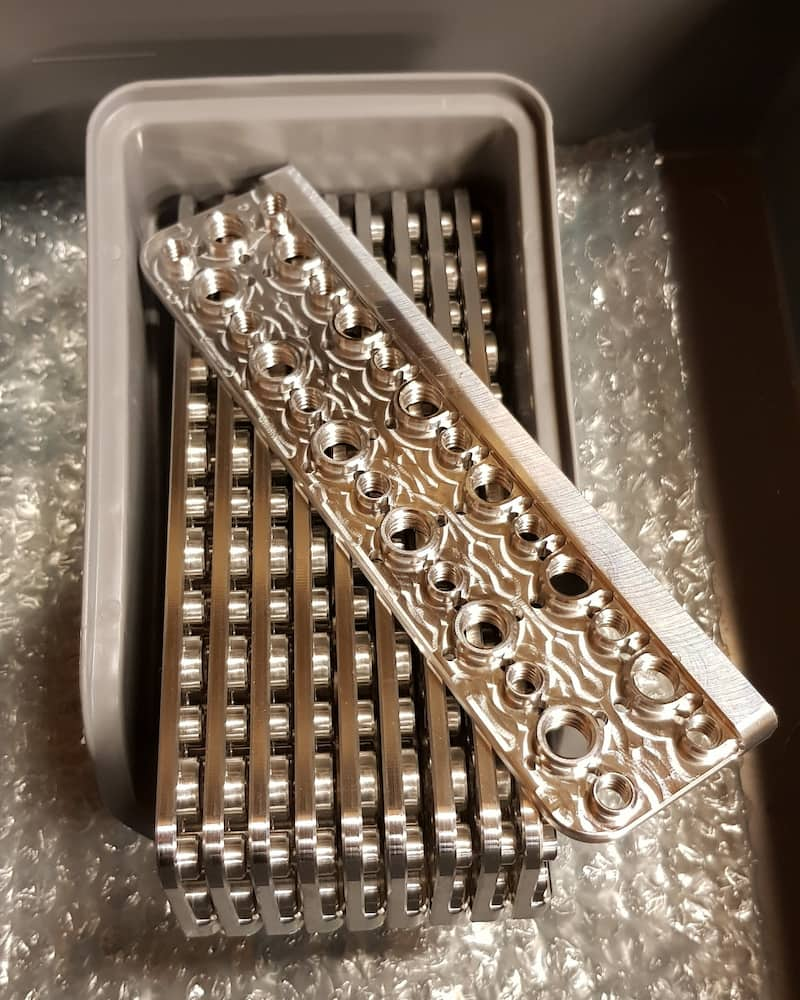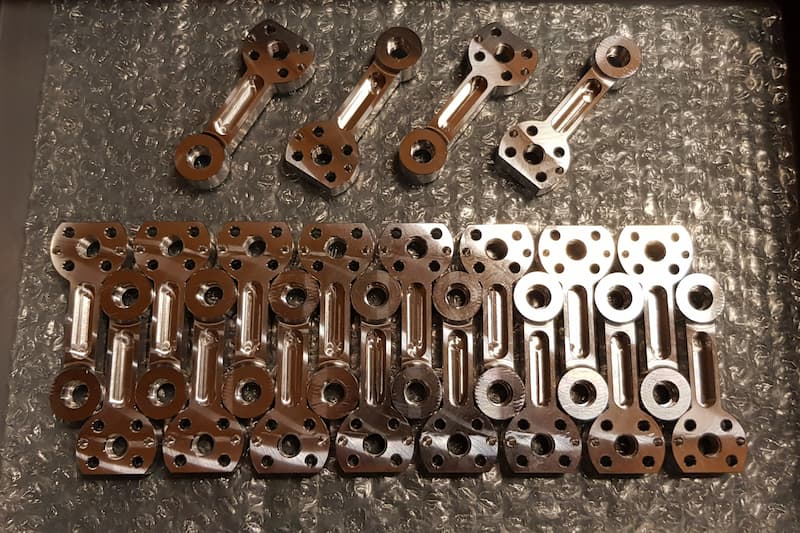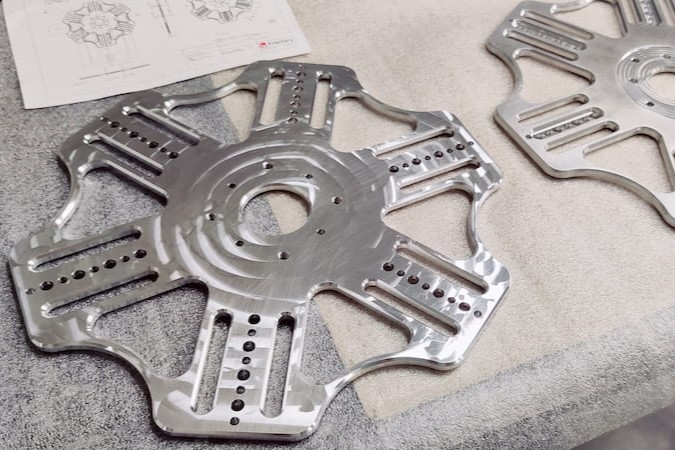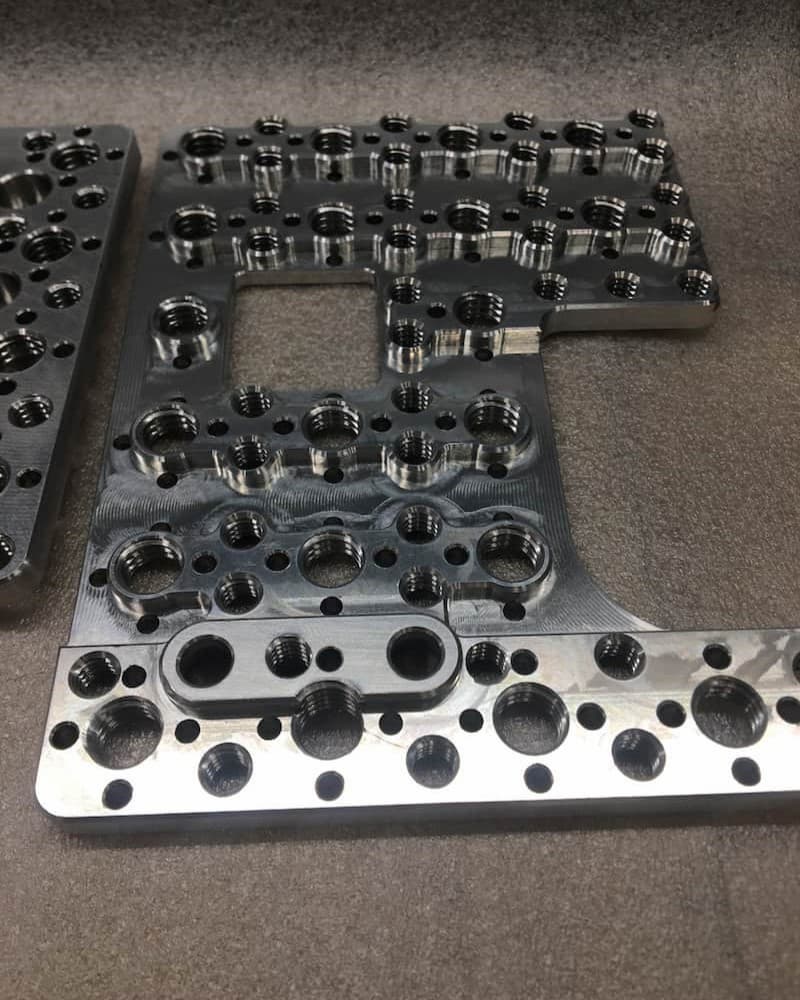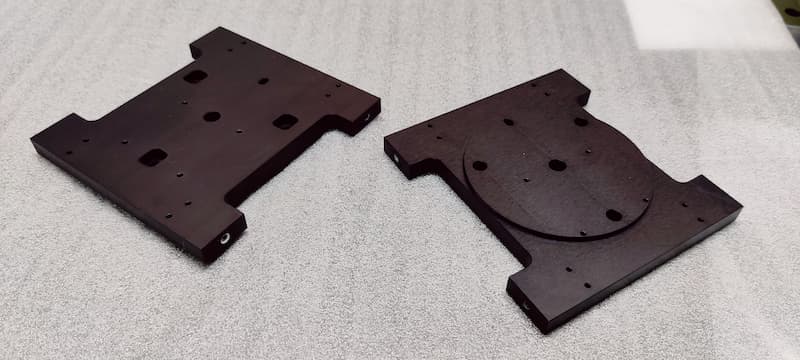Fractory’s large network of manufacturing partners guarantees access to a wide range of CNC milling capabilities, which should satisfy your high-precision machining needs in the most cost-effective way.
This means that even though there are 6-axis CNC mills available in our network, simpler parts don’t need to be created with these advanced machines. That just wouldn’t be economically feasible. Our algorithm takes all that into account when performing the design analysis on the part and calculating the prices.
Here’s a quick guide to explain what each added axis means in terms of milling operations and what kind of parts are produced on different CNC milling machines:
3-axis mill – The rotating tool can translate relative to the part on X, Y, and Z axes. The tool is fixed in a vertical or horizontal position, depending on the machine.
4-axis mill has all the axes mentioned above but now the table can also rotate around the X-axis. This allows to machine the sides of the workpiece without repositioning. It is worth mentioning that 4-axis mills are not that common.
5-axis mill – All that was true for 4-axis mills, applies for 5-axis ones as well. Only now the workpiece can also rotate around the Y-axis. 5-axis CNC milling machines can produce highly complex parts in one go, no extra setups are generally necessary.
6-axis mill – These CNC milling centres aren’t too common because of their hefty price tag but they can be up to 75% faster than 5-axis mills in certain cases. 6-axis mills have stationary worktables and the freedom of movement is allocated to the cutting head. As you can probably guess, it can move in X, Y, and Z directions and also rotate around all of them.




